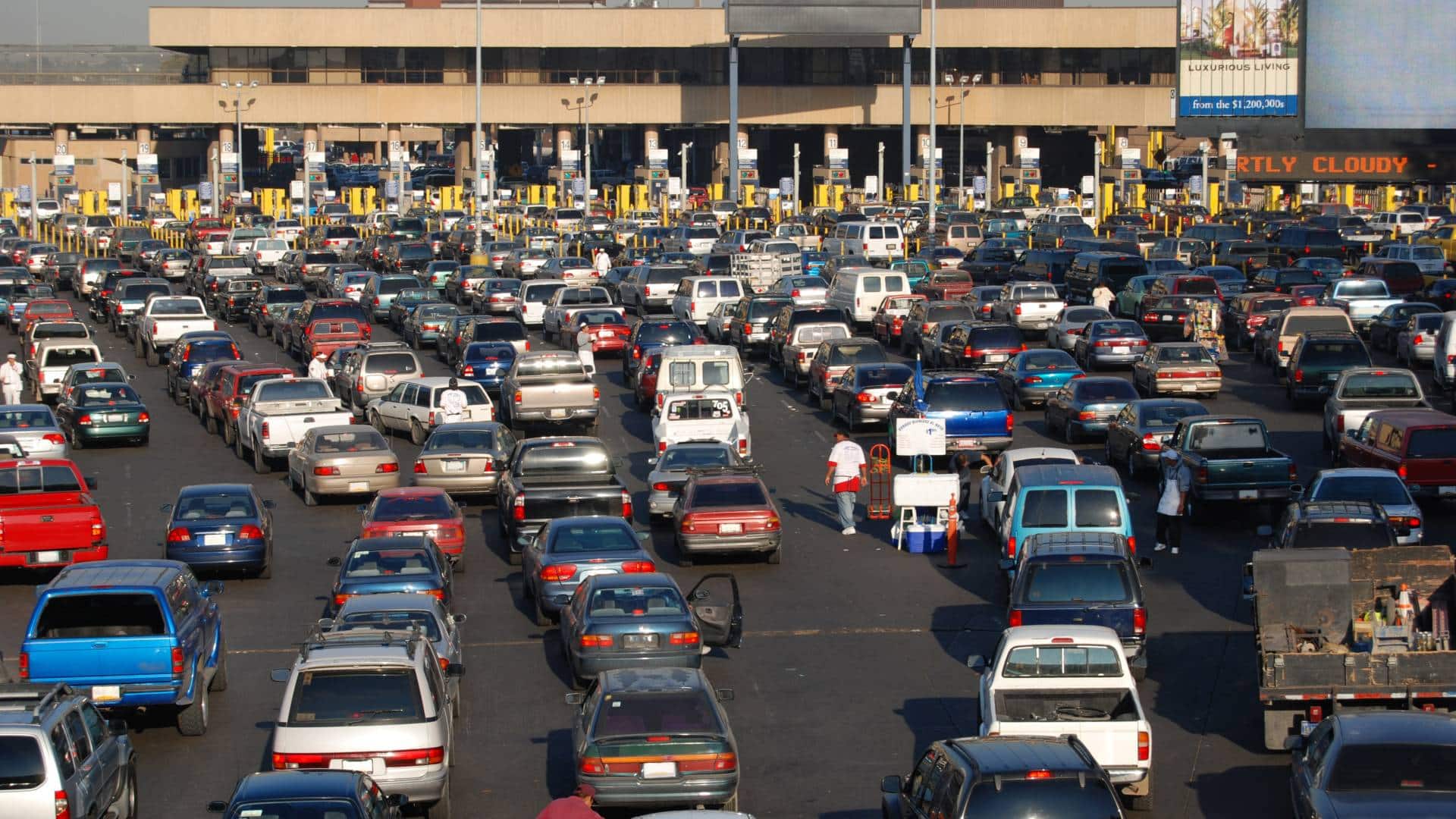There is a chapter on corruption in The Prosperity Paradox: How Innovation Can Lift Nations Out of Poverty titled, “Corruption is not the problem, it’s a solution” and until my experience crossing the border from Mexico into the US a couple of weeks ago I didn’t truly appreciate the meaning in that statement.
Quick story time.
My recent experience with corruption
A couple of weeks ago one of my oldest friends got engaged in Valle de Guadalupe, a beautiful region in Ensenada, Baja California that produces some of Mexico’s finest wines. Because the region is so close to the border it didn’t make sense for anyone who lived in Los Angeles (including me) to fly, so we chose to drive.
I’ve never experienced any problems crossing into Mexico – it’s crossing back into the US that’s usually a big hassle. I’m talking a five-hour average wait time in a car line that only spans about three city blocks, hassle.
But this time it was worse.
Our car was following Google Maps because we were unfamiliar with the area, and the navigation system led us to a one-way street that had an entrance halfway into the border crossing line. The entry wasn’t properly marked, except for a break in the barrier where another car was already trying to pass through.
Now, common sense and honking made us aware that we were merging into an angry line of cars, but our map and lack of knowledge of the area kept leading us back to that halfway entry point.
We had a choice: either deal with the angry honking and try to merge with a panicked yet polite smile, or give up and follow the one-way road in the opposite direction, ending up who knows where.
We chose to stay, and within less than five minutes the police showed up.
To summarize the stressful and frustrating experience, the policeman presented us (and the car ahead of us) with two options: a ticket and a trip to the station to pick up the confiscated license, or a bribe and a guide to the actual entrance of the line.
Understanding corruption and why reframing it is important
I pride myself in being an understanding person, but in a situation where someone tries to take advantage of less than ideal circumstances, understanding isn’t my first instinct. So it wasn’t until a few days later when I was rereading The Prosperity Paradox to prepare for market-creating innovation sessions in Kigali, Rwanda that I had a breakthrough.
Corruption is everywhere. It may look different from country to country, but it is still everywhere. However, societies evolve, and according to The Prosperity Paradox the path from corruption to trust and transparency usually goes through three phases: overt and unpredictable corruption, followed by covert and predictable corruption, ultimately transitioning to what we call a “transparent” society.
In Mexico, I experienced the second phase of corruption. Turns out, friends have had similar experiences and just accepted it as part of the journey back home. Also, Mexico has consistently ranked 126/180 in Transparency International’s Corruption Perception Index. It’s not one of the most corrupt countries in the world, but the corruption level also hasn’t improved in the last couple of years.
So if corruption at the border is blatant and accepted, my next question was ‘Why?’
Why do people hire corruption? Three reasons.
The first is to make progress. In our case, progress for the police officer would be an influx of extra cash, while we would get home quicker and without a ticket.
The second is because every person has a cost structure to consider. In our case, we were looking at either a one-time bribe or a ticket that could bring a possible car insurance increase. On the other hand, the police officer in Tijuana likely earned the average salary of $850 a month, meaning he could be engaging in blatant bribery out of necessity.
And the third is simple: the benefits of engaging in corruption outweigh the consequences. With no body cameras or witnesses (willing to get out of the five hour line), who would hold either parties accountable?
Now I started to realize everything at play. Corruption was simply a solution for both the policeman and for us.
But understanding corruption is not the same thing as accepting it. No, understanding corruption just helps us know how to better mitigate it.
Understanding corruption, and framing it as a solution that people hire to make progress in a particular situation because there aren’t more incentivizing options in place, helps everyone look for a better alternative.
Fighting corruption may seem daunting and futile and frustrating because at some level it continues to exist everywhere, so instead of “fighting” it let’s work on creating alternative solutions.



